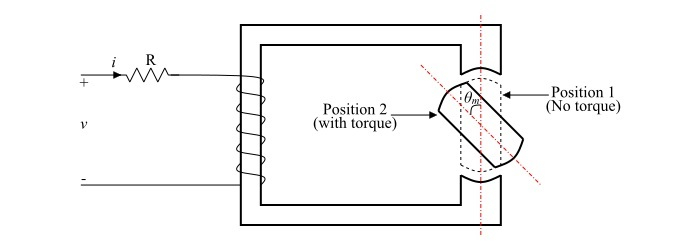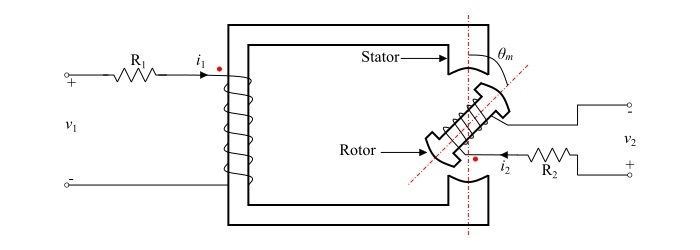
 Data Structure
Data Structure Networking
Networking RDBMS
RDBMS Operating System
Operating System Java
Java MS Excel
MS Excel iOS
iOS HTML
HTML CSS
CSS Android
Android Python
Python C Programming
C Programming C++
C++ C#
C# MongoDB
MongoDB MySQL
MySQL Javascript
Javascript PHP
PHP
- Selected Reading
- UPSC IAS Exams Notes
- Developer's Best Practices
- Questions and Answers
- Effective Resume Writing
- HR Interview Questions
- Computer Glossary
- Who is Who
Difference between Singly Excited and Doubly Excited System
In electrical machines and instruments, an excitation system is the one which receives electrical energy to produce the working magnetic flux. The excitation system is the crucial component every electromechanical energy conversion device such as electric motor.
Depending upon the number of input supplies, any electromechanical energy conversion system can be grouped into the following two categories ?
Singly Excited System
Doubly Excited System
In this article, we will discuss the major differences between singly excited system and doubly excited system. Let's start with a basic overview of what singly and doubly excited systems are.
What is a Singly Excited System?
The electromechanical energy conversion system in which only one electrical input is given to the system to produce the working magnetic flux is known as a singly excited system. It is so called because there is only one excitation provided in the system. A schematic of a singly excited system is shown in the following figure.

The singly excited system consists of a coil wound around a magnetic core and is connected to a source of power. In the singly excited system, the rotor made of a ferromagnetic material experiences a torque which rotates the rotor to position it to give minimum reluctance for the magnetic flux. The torque produced in the singly excited system is termed as reluctance torque or saliency torque.
What is a Doubly Excited System?
A doubly excited system is the one in which two separate sources of excitation are provided to produce the magnetic field. One example of a doubly excited system is the synchronous motor, where one electrical excitation is provided to stator and the other to the rotor. A schematic of a doubly excited system is shown in the following figure.

Here, the doubly excited system consists of a stator wound with a coil having a resistance of R1 and a rotor wound with a coil of resistance R2. Both the coils are excited by independent voltage sources.
Difference between Singly Excited System and Doubly Excited System
The following table highlights the major differences between singly excited system and doubly excited system ?
| Basis of Difference | Singly Excited System | Doubly Excited System |
|---|---|---|
| Definition | The type of excitation system used in electromechanical energy conversion which requires only one coil to produce the working magnetic flux is called singly excited system. | The excitation system used in electromechanical energy conversion which requires two independent coils excited by separate sources of power is known as doubly excited system. |
| Number of coils participating in energy conversion | In a singly excited system, only one coil takes active part in the electromechanical energy conversion process. | In doubly excited system, two independent coils take active part in the electromechanical energy conversion process. |
| Position of coil | Singly excited system has a coil on the stationary part only. | Doubly excited system has coils on stationary as well as rotating part. |
| Working principle | Singly excited system works on the principle of electromagnetic induction. | Doubly excited system operates on principle of synchronism or synchronous principle. |
| Starting torque | Singly excited system can produce the starting torque. | Doubly excited system does not produce starting torque. |
| Torques produced | The torque produced in a singly excited system is called reluctance torque or saliency torque. | In a doubly excited system, two torques are produced viz. reluctance torque and co-alignment torque. |
| Suitability | Singly excited system is suitable in variable speed applications. | Doubly excited system is suitable in constant speed applications. |
| Examples | Some examples of singly excited system are: electromagnetic relays, induction motors, etc. | Examples of doubly excited systems are: synchronous motors, separately exited DC motor, etc. |
Conclusion
The most significant difference between a singly excited system and a doubly excited system is that a singly excited system has only one coil to produce the desired excitation, whereas a doubly excited system consists of two independent coils to produce the desired excitation.

